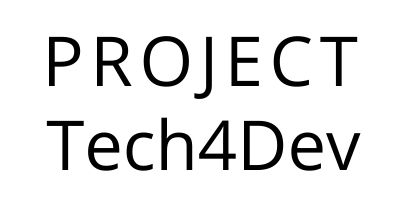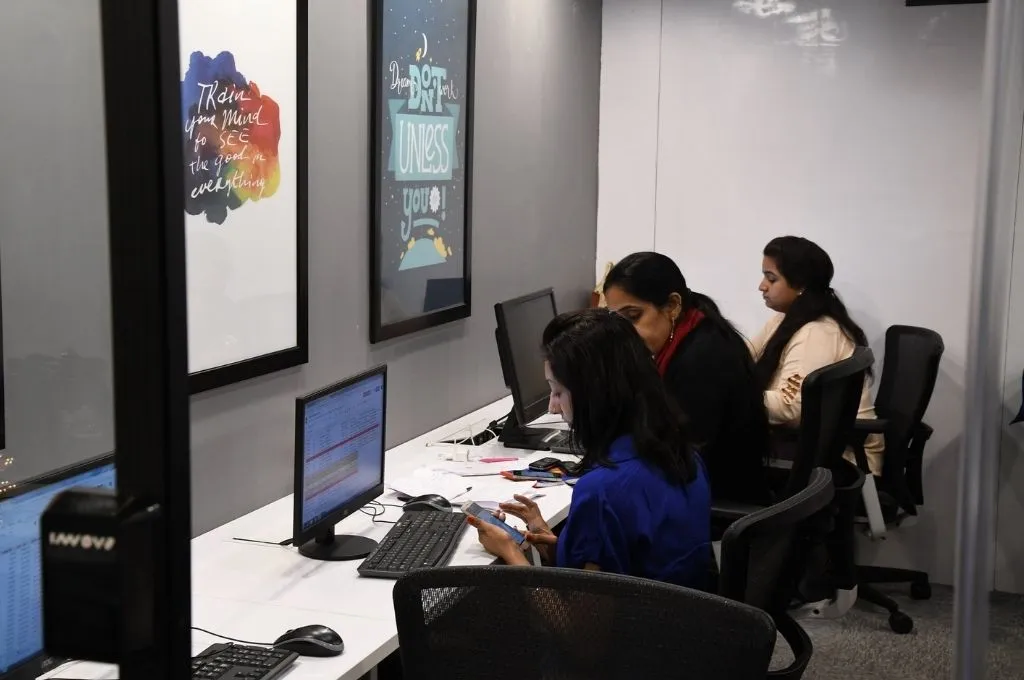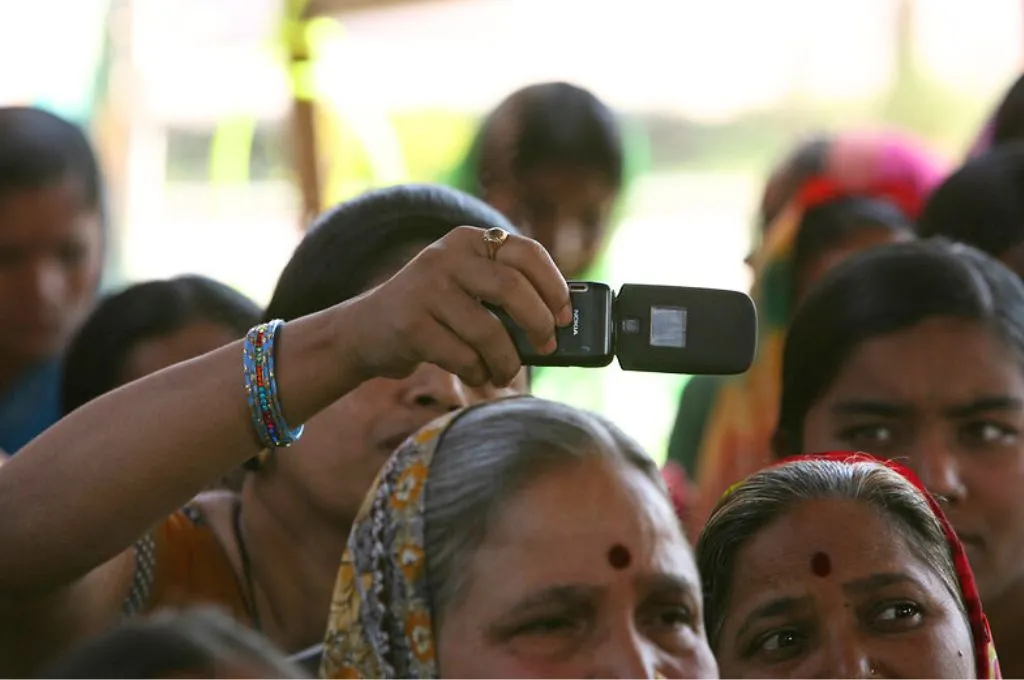Technology has been a key driver of efficiency in mainstream businesses. In the development domain too, sectors like agriculture, health, education, skilling, and climate change have demonstrated how tech is beneficial. And yet its adoption in the social sector has been much slower than in other industries. One would assume that at least midsize to large nonprofits have the resources, people, and systems and processes in place, all of which make tech easier to integrate. But the uptake remains sluggish.
At Dhwani RIS, we have seen that many midsize to large nonprofits continue to face challenges with technology adoption. For us, and for the context of this article, midsize to large nonprofits refer not only to an organisation’s budget size, but also to their scale of operations and scope of impact. These organisations that may or may not have large budgets, but they collaborate with state governments to deliver programmes.
Having observed the digitisation approach of more than 100 nonprofits, we have gained a deeper understanding of the underlying reasons influencing the uptake and sustained adoption of tech-enabled solutions. Some of the gaps we see are due to genuine capacity constraints, while others have to do with the leadership’s unwillingness to truly leverage tech and change management within organisations.
Digitisation challenges of midsize to large nonprofits
1. Tech-driven decision-making is lacking
This isn’t a well-developed muscle in the development sector. Organisations mostly work on expanding their monitoring and evaluation systems, for which they capture certain indicators. These are reported in an aggregated fashion, which entails high-level data entry, such as reporting on a quarterly basis, done to serve CSR reporting needs.
If data-driven decision-making is not a priority in the organisation, the technology to collect, analyse, and visualise such data may not find its way into the organisation’s operations.
But data isn’t leveraged quite as effectively for operational needs. The trouble arises when it comes to day-to-day reporting, where staff need to make decisions based on the patterns that emerge from the data. This varies across sectors. For instance, public health projects (such as on maternal and child health, communicable and non-communicable diseases, and sexual and reproductive health) fare slightly better in this regard. We see more and more nonprofits use mobile and web applications to profile patients at their doorsteps, get follow-up reminders, and track the targets achievements of health programmes. This could be because of the positive push for technology adoption by various government health departments. In sectors such as education or skilling, however, this kind of hands-on, objective, student-specific data is not easily recorded. Let’s say, for example, a skilling programme is divided into four phases: tabulating the number of students mobilised (phase 1), screening and enrolment (phase 2), placement in jobs (phase 3), and following up at a later date (phase 4). In many cases, either this data isn’t available in one place, or if it is available, the organisations—while making decisions—aren’t equipped to study the patterns it throws up.
If data-driven decision-making is not a priority in the organisation, the technology to collect, analyse, and visualise such data may not find its way into the organisation’s operations.
Here’s an example of a large foundation we worked with that was deploying a few crores of funding into their education programmes. They were working at scale, but they lacked a dedicated tech team to guide their digital processes. Given this, it took significant time and effort to roll out the tech solution effectively on the ground.
The primary challenge here was twofold. The first was creating the data framework and articulating what patterns they needed on their dashboards to take decisions. The second was to then operationalise their needs through a tech platform. In our experience, even if organisations can articulate their needs, they invariably struggle with developing tech to serve those needs—what workflows do they need on the mobile app? What are the scenarios they would want the app to cover? How should they think about user interface design? How will the different systems (mobile app and the dashboard) talk to each other? This is where the aptitude for technology is lacking, and it’s often visible across various levels of the organisation.

2. Change management processes are missing
When people aren’t comfortable with the technology they’re expected to use, they might be resistant towards new solutions. This comes from a lack of training and change management processes in the organisation.
Change management is at all levels—leadership, middle management, and even field staff—where a lot of tech adoption needs to happen. For example, many public health programmes have ASHA or Anganwadi workers using government apps for data entry. Now, if any new programme asks them to switch to a new app, it becomes a resistance point for them, as it increases their workload. They can easily say that the app is not working when they are not able to deliver well. And the middle management or leadership teams are not able to cross-question them as they usually don’t have direct access to the app. Staff may also have misgivings about the purpose of such tech—often wondering if it’s meant to facilitate their work or monitor/replace them. Either they don’t know how to use the tech, don’t trust the apps, or don’t find them useful because they haven’t been adequately informed, or the tech solution has not been designed by engaging them. All these change management issues lead to lower adoption of tech in the programmes.
3. Leadership is often disinterested in tech
As with any new idea in organisations with a centralised decision-making approach, tech adoption depends on the inclination of the leadership team. If the leadership is averse to technology, we do not see its adoption in spite of the push from middle management or other employees.
Sometimes the leadership is not clear about what they want on the dashboard and merely tell the programme management team where they need to introduce tech. Both parties may not be motivated to deploy tech or use it. Further, not everyone in the leadership is equipped to make data-driven decisions.
This tech orientation in our experience is more likely to be found within CSR teams, philanthropies, or large nonprofits where the leadership comes from a corporate or tech background and understands data-driven decision-making. So even if these senior team members aren’t part of day-to-day discussions and decision-making, they have at least mandated that their organisation or programme be digitised to the extent possible. This ensures efficiency and no time is wasted in converting paper data into Excel data and so on.
Sometimes there is a genuine lack of tech exposure among an organisation’s leadership.
The problem isn’t always about disinterest in tech. Sometimes there is a genuine lack of tech exposure among an organisation’s leadership. But because of this, the potential benefits of digitisation go unappreciated, leaving organisations with a hands-off approach from the team members. The result: half-hearted or failed tech adoption.
4. Donors don’t incentivise tech enough, or effectively
It’s not uncommon to find nonprofit organisations that adapt to the mandate of their donors. Since most grants do not prioritise or incentivise technology adoption as part of programme implementation, the same priorities tend to trickle down into the decision-making of nonprofits as well. Therefore, the push for tech needs to come from funders. Often we see that nonprofit leadership is disinterested in or not aligned with deploying tech when the funding they get is programme-specific. And if the programme does not have the budget for tech, which is usually the case, they find it hard to provision a budget for technology.
Another crucial aspect is ensuring that tech isn’t incorporated for the sake of it—which also tends to happen when funding is for a specific tech solution. When budgeting for tech, it’s important to factor in the next level of detailing so that the budget reflects a fairly accurate assessment of costs. For example, one of Dhwani’s clients hit a roadblock in a school education counselling programme for which they’d been backed by a large donor. Neither party knew how much budget to provision for the initiative. When it was time to start thinking about tech implementation after all the grant formalities had been completed, they realised that they had under-budgeted. Going back from such a point and revisiting the budgets for approved funding can be a challenge. Hence, it may be better to involve the tech partner earlier on to have a clearer sense of the capital requirement right from the start.
How we can change things
In our view, the following initiatives at relevant stages by donors and nonprofits will bring a positive change towards tech adoption in social sector organisations:
Donors
- Instate more fellowships for social sector tech enthusiasts; this can be a catalyst in generating interest in data and technology.
- Apportion grants to include tech spends, and be specific about what is being built, and why and how it will help the nonprofit in solving a problem. Be clear about expectations from the get-go so that both partners are on the same page.
Nonprofits
- Invest time, money, and effort in technology-and data-related capacity building of leadership teams, project managers, and field teams.
- Build change management templates that can be easily followed while transitioning to new tech solutions.
- Shift the focus from technology alone to instead talk about how tech, and the data generated through it, can solve specific problems (for example, reducing the effort of managing a huge beneficiary database; improving localised alerts for farmers to manage adverse climate conditions; and increasing student outreach through EdTech solutions).
- Identify early adopters of a tech solution across the ranks of an organisation, and take their help in ensuring further uptake.
- Build flexible and reusable solutions instead of short-term use-and-throw ones.
- Adopt digitisation at the right stage—nascent organisations where processes are still evolving should first stabilise and then go for tech innovations, which often tend to be long-term. Moreover, they must communicate their plans and goals with the tech providers at the contract stage so that the development and use of tech remains smooth.
Lastly, at an ecosystem level, we need more social sector tech-focused communities and collaboratives, where leaders and key decision makers are given a platform to share their thoughts and experiences for the benefit of a larger audience. We need a stronger tech ecosystem in our sector, and all stakeholders must play a role in building it.
—
Know more
- Learn more about how the Dhwani team is working closely with a wide array of health, education, livelihoods and climate change organisations.
- Follow the work of Dhwani Rural Information Systems to remain abreast about latest tech solutions for social sector organisations.
- Understand how nonprofits can use tech in their programmes.
Do more
- Write to shobhit.mathur@dhwnairis.com to discuss with him how your organisation can leverage technology and data.




